AK Safety Training Services
Report

AK Safety Training Services
Report
t can be confusing to try to determine what is the most important component of a safety program. I believe that all components of a safety program are important and are designed to work together. Two key components are good leadership and discipline. When used in the right way, discipline by good leadership can establish a company’s commitment to safety.
When using discipline in your safety program, you have the potential to transform negative behavior into positive behavior. Most people think of discipline as a punishment, which portrays it in a negative light. If used correctly—with good leadership—discipline can be a process in which supervisors encourage employees to demonstrate proper workplace safety, forming positive motivation and reinforcement.
Employees will follow safety rules more efficiently if they believe in your company’s safety culture. One great way to create a positive safety culture is to have supervisors, middle management, and employees actively involved in the design, implementation, continuous improvement, and follow-up of your safety program. If discipline is used in the wrong way, it can create a negative and undermining effect on your company’s safety culture.
The disciplinary portion of a safety program may be tricky to navigate. Addressing disciplinary issues can be a very sensitive and stressful process for most managers, supervisors, and employees. A good strategy to ensure success is having a plan to support employees for correctly following safety rules and using constructive criticism when they fail to follow these rules. All employees should be trained in the disciplinary program so everyone knows what is expected of them. Education is key to establishing proper disciplinary procedures and holding employees accountable. The disciplinary program should be applied fairly and consistently to avoid any appearance of discrimination. If disciplinary issues are ignored or handled poorly, it can lead to serious consequences such as property damage, injuries, or even fatalities. It can also undermine the view among employees that a company is committed to workplace safety.
To effectively navigate a situation where an employee has violated safety rules, think about ways you can take a positive approach by using the violation as an educational moment. Instead of searching for who is “at fault,” speak with the employee and investigate the violation to understand if it was willful intent or just an oversight. Find out if the violation was something that can be prevented by using the hierarchy of controls. Always make sure that the employee was trained on that specific area of the violation. Discover whether there is something the company can do to help the employee stay in compliance in the future.
When you take this approach, you will call attention to the violation in a nonthreatening way and you will show the worker that you are genuinely concerned about his or her well-being. Of course, you will, from time to time, run into an employee that blatantly disregards safety rules and regulations. When that happens, it is important to have disciplinary measures written out and incorporated into a company’s safety program.
I recommend having disciplinary action in place that consists of:
- Verbal Warning
- Written Warning
- Suspension
- Termination
Incorporating good leadership skills into your safety and disciplinary program will help employees engage and follow safety procedures. Choosing leaders that help promote a positive safety culture and hold your employees accountable for adhering to the program will make your safety program more effective.
I’m sure you have all heard it’s best to “lead by example.” This is key for supervisors to promote good safety practices. Providing a way for employees to report positive safety acts and having a recognition rewards program in place can be one way to promote a positive influence on your safety culture. Also having the leaders provide direction to the employees, focusing on specific job-related tasks, and using resources and training will help employees achieve specific safety-related objectives.
As a company you will need to provide the tools the employee needs to succeed. You must communicate clear and specific safety goals and responsibilities that focus on safety activities. This will encourage employee participation and accountability of all the safety rules. Always provide a way to record and track your company’s leading and lagging indicators. Tracking your company’s process will allow you to use the data collected to improve your safety program. Following up on your safety program—and what is working or not working—is a key element to continuous safety compliance and improvement.
